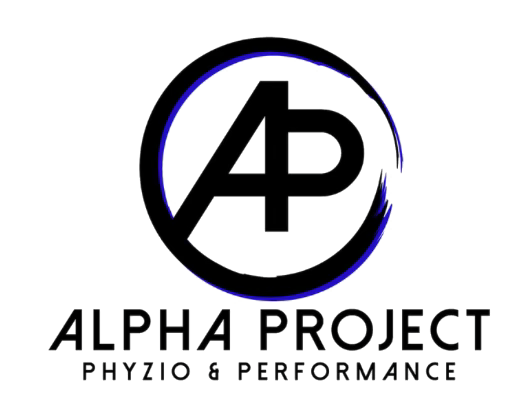Shoe Selection: How to Pick Your Perfect Shoe?
Asics, Nike, New Balance, Brooks, Altra, Hoka….All of these names may mean something different depending on the runner you talk to. A runner who has only worn Asics will swear by Asics, and one who has only worn Nike may swear by Nike. Most people also know someone who has switched to wearing the all mighty Hoka…the beast of a shoe…most people either love or hate them, and those that love them swear they are the holly grail of running shoes and the cure to their plantar fasciitis and low back pain.
When you walk into a shoe store and are faced with selecting from the plethora of running shoes, how do you know which shoes to buy and run in? The short answer is: whichever shoe is most comfortable and allows ample space for your toes to spread out. Now let’s dive a little deeper into your shoe selection.
I want you to think about purchasing a running shoe like you are purchasing a bike. A bike is a tool that is designed to get you from point A to point B. There are many different kinds of bikes on the market. For instance, there are road bikes, hybrid bikes, mountain bikes, triathlon bikes, and gravel bikes. Each of these bikes has advantages and disadvantages depending on the terrain you are riding on. The easiest comparison is a road bike and a mountain bike riding on the road. The road bike would perform more efficiently than the mountain bike. The opposite is true when on a trail or off-road, the mountain bike becomes more efficient and effective than the road bike.
The same is true for shoes. There may be a more efficient shoe depending on the terrain you are running on (road shoe vs trail shoe), however, you can run in any shoe you want, granted the shoe is comfortable!
Now here’s a question many of you may be asking yourselves “what if I have a flat foot and over-pronate?” or “what if I have a high arch and I over-supinate?” Should your shoe selection be based on this? For instance, I’ve been told I over pronate and have a flat foot, should I consider a stability or motion control shoes?
And the answer is…it depends!
If you are new to running, picking a stability shoe that is comfortable is a good idea, however, just because you have a flat foot and a foot that may “appear” to over-pronate does not mean you will need a stability shoe your entire running career. Over-pronation occurs for a multitude of reasons (over stepping, low cadence, weak intrinsic foot muscles, etc.) many of which are correctable outside of wearing a stability or motion control shoe.
The goal should be to start with this stability shoe, and eventually wean off to a barefoot-style shoe with less heel drop and less stability. Why? Because you should be learning how to create this stability yourself by working on your strength, mobility, and running form! When we first start running we are probably going to make some mistakes; such as, over stepping, having a slow cadence, tight hip musculature from sitting all day. And that’s okay! However, it is our job to constantly work towards improving our strength, mobility, and skill in order to be able to run properly, stave off injury and run in any shoe we want.
So, when buying a running shoe think comfort first! We want ample room for the toes to spread out, and our foot to feel good in the shoe. Second, if you are new to running, a stability shoe is a good option to start with, while you work on your running form, strength, and mobility. If you have been running 2, 3, 4, 5+ years in a stability/motion control shoe, I want to introduce the idea of getting into a shoe with less support and less of a heel drop!
You can run in any shoe that is comfortable, however, the goal is to strive towards a shoe with as little as support as possible. Look out for our next blog on what over-pronation is and how to fix it!
Have more questions about finding the right shoe? Contact our Maryland physical therapy clinic. Our PT experts are happy to answer additional questions you may have. Alpha Project Phyzio has three locations in Gaithersburg, Frederick, and Columbia.

